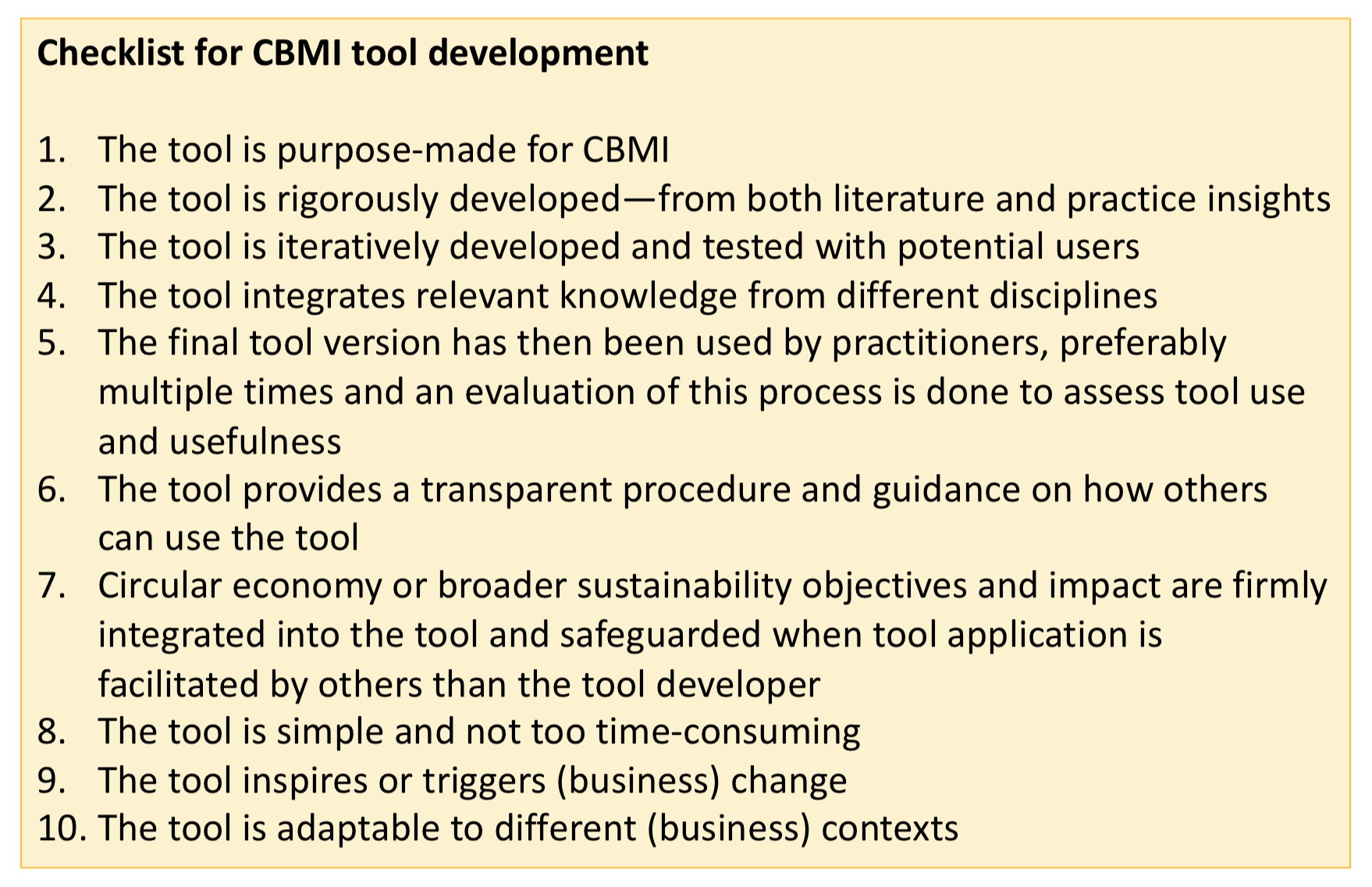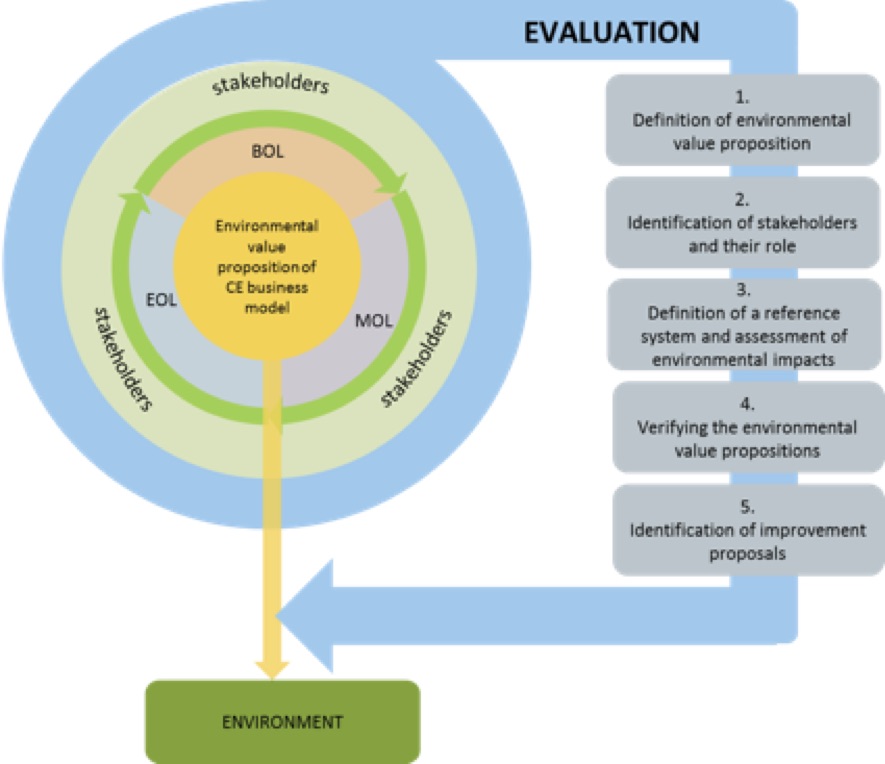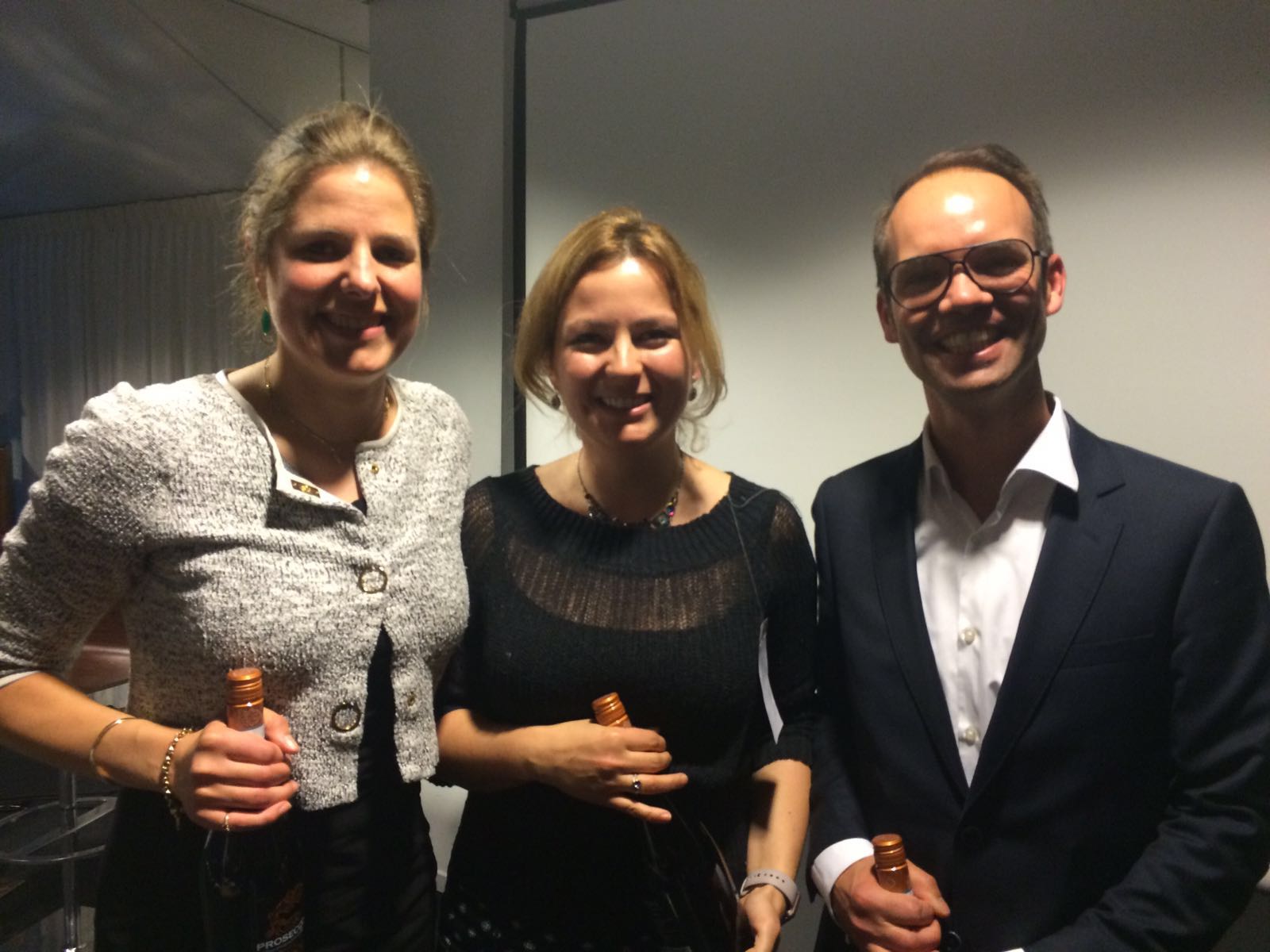The circular economy is now widely used as a concept to advance the sustainability transition in business, but is it enough? The circular economy has been criticised for over-emphasizing “easy” strategies such as recycling, and business progress towards the circular economy is still slow (Allwood, 2014; Ritala et al., 2018). At the same time, the impacts of climate change are already clearly visible, and the Intergovernmental Panel on Climate Change (IPCC) estimates that we have until 2030 to halve global carbon emissions and mitigate global warming and the further damaging effects of climate change. On average there is a nearly 70% decline in population sizes of mammals, birds, fish, reptiles, and amphibians. One of the key reasons is our growing global level of consumption: a growing, more affluent world population is consuming more and more and all these products and services have a footprint.
Together with Laura Niessen and Sam Short, we developed ideas on a future sufficiency-oriented circular economy that emphasises consumption avoidance over lower strategies in the waste hierarchy such as recycling. This builds on earlier ideas on sufficiency-oriented business models and a sufficiency-based circular economy. We focus on the concepts of “enough” and “sufficiency” in the article titled “The Sufficiency-Based Circular Economy—An Analysis of 150 Companies”. In the article, we analyse 150 leading examples of business seeking to pursue sufficiency as a business practice. The full database of business for sufficiency examples is available here.
We found that there are leading business for sufficiency examples in diverse sectors, from food, to clothing and mobility. However, policy and individual action need to supplement business practice to be more effective, because the number of businesses focusing on consumption reduction is still limited (perhaps unsurprisingly). In terms of policies, there could be new policies that focus on the product, business model, and (perhaps more controversially) individual consumption level. The EU Circular Economy Action Plan could be a useful starting point, focusing on issues such as right to repair, spare parts, and warrantees. At the individual level, we could learn more from practices and research in the areas of voluntary simplicity, downshifting and minimalism. You can find more detailed ideas on where to go next here.
As part of the project Circular X research agenda focused on experimentation with circular service business models, we are putting more emphasis on topics of sufficiency, but also regeneration as a way to mitigate and adapt to climate change. You can follow the project here.
Sources






